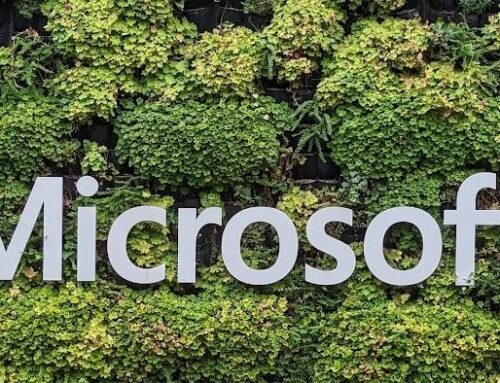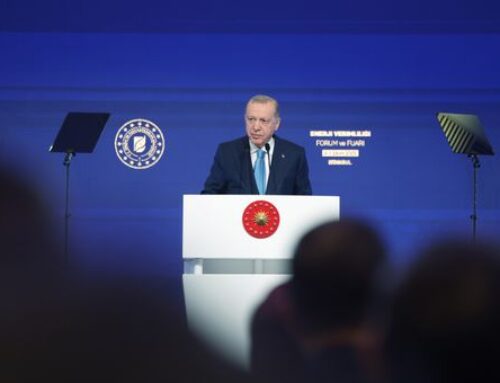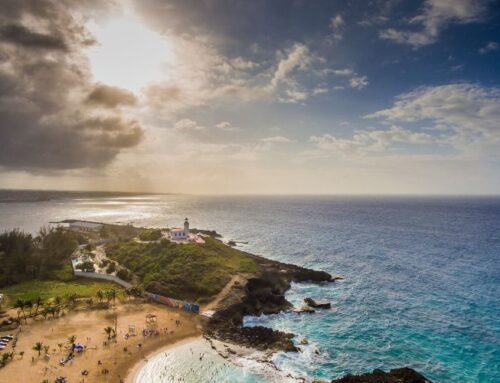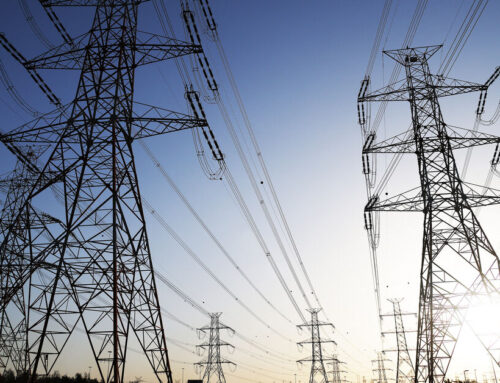Space Force favors SpaceX over ULA, leaves Blue Origin out in new round of national securi
October 6, 2025

United Launch Alliance may have finally got its Vulcan rocket cleared for national security missions, but the Space Force decided to favor SpaceX for the majority of a batch of newly assigned missions.
The annual task order from Space Systems Command to approved providers was released Friday for fiscal 2026 calling for seven missions total, with five assigned to SpaceX and two to ULA.
Blue Origin, a third provider approved under the National Security Space Launch (NSSL) launch service missions Phase 3 Lane 2 contract, did not receive any task orders, although that may be due to the fact that its New Glenn rocket has yet to complete two missions, which is what the Space Force has used to certify new rockets.
ULA’s Vulcan, which had faced years of delays before its debit, only received its certification this past March, nearly half a year after completing its second of the required flights in 2024.
Blue Origin’s big rocket is slated to fly its second mission — launching a pair of Mars-bound satellites for NASA — in either late October or early November, and would next be eligible for Space Force assignments for fiscal 2027.
Despite ULA getting on two missions, they are lucrative assignments worth $428 million while SpaceX’s five missions are worth $714 million.
This is the second of five years of assignments coming as part of the Phase 3 contract with the first assignments for fiscal 2025 having been announced in April.
SpaceX had the lion’s share of that first order as well with seven of nine missions worth $848.8 million while ULA took on two missions worth $427.6 million.
The Phase 2 portion of the five-year contract plan is for the Space Force’s most demanding missions requiring a higher security for mission success.
The full five years’ worth of Lane 2 missions are worth $13.7 billion for task order assigned from 2025-2029. The expectation missions will be flown two to three years after assignment.
The Space Force said the initial breakdown would dole out SpaceX more than $5.9 billion, ULA more than $5.3 billion and Blue Origin nearly $2.4 billion among more than 54 expected missions.
The first round awarded in April gave SpaceX the NROL-96, NROL-97, NROL-157, USSF-186, USSF-234, USSF-174 and USSF-15/GPS IIIF missions. ULA received the USSF-50/NGG-2 and USSF-49/GPS IIIF-2 missions.
The second round announced Friday gave SpaceX the USSF-206/WGS-12, USSF-155, NROL-86, USSF-149, and USSF-63 missions. ULA received the NROL-88 and USSF-88/GPS IIIF-4 missions.
“Space is the ultimate high ground, critical for our national security. With this year’s NSSL Phase 3 Lane 2 mission assignments, we continue to assure access to that high ground,” said Col. Eric Zarybnisky, program executive officer for Assured Access to Space in a press release. “Delivering assets to the warfighter is our ultimate mission, and we rely on our strong government-industry partnerships incorporating constant teamwork, open communication and the highest levels of technical acumen to successfully achieve that goal.”
All of the fiscal 2026 orders are targeting launches from Florida’s launch complexes, likely at Cape Canaveral Space Force Station.
NROL missions are in partnership with the National Reconnaissance Office.
The Phase 1 portion of the program allows for more risk-tolerant payloads with more providers beyond SpaceX, ULA and Blue Origin including Firefly Aerospace, Rocket Lab and Stoke Space. The lane’s task orders also to be doled out from 2025-2029 are expected to call for 30 missions worth another $5.6 billion on top of Lane 2’s $13.7 billion.
So far all of those assignments have gone to SpaceX as well.
The five-year plan with both lanes will top 80 missions, which is nearly double the NSSF Phase 2 program that awarded launches from 2020-2024. Those missions went to ULA and SpaceX, with the government initially favoring ULA, although with delays to Vulcan, it ended up assigning more flights to SpaceX by the final year.
All but two of the missions awarded to ULA are awaiting launch. ULA knocked out the first of 27 national security missions to fly on Vulcan in August with only one more likely to fly before the end of the year.
“Obviously have a backlog of missions that we’re working through,” said ULA President and CEO Tory Bruno during prep for that launch. “We really just want to focus on this one, but you know I will say that we’re ready and postured to launch as quickly as we can as we work through that backlog.”
RevContent Feed
Search
RECENT PRESS RELEASES
Related Post








